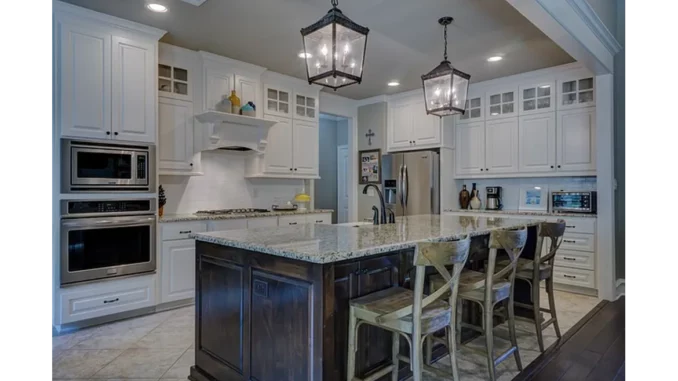
As I settled into the bright, airy office of renowned interior designer Eliza Thornton, I couldn’t help but admire the tasteful blend of modern and classic elements that characterised the space. Eliza, with her warm smile and approachable demeanour, welcomed me graciously. Our conversation that afternoon would revolve around a key principle she holds dear: “Remember that interior design is not just about filling a room with items, but about creating a harmonious environment where every piece has its place and purpose.”
Eliza’s journey into interior design began in her early twenties. “I was always fascinated by how spaces made me feel,” she shared. “Whether it was the cosiness of my grandmother’s living room or the sophisticated elegance of a friend’s townhouse, I realised that each detail contributed to the overall experience.”
Understanding Room Purpose and Functionality
Eliza emphasised that the first step in any design project is understanding the primary function of the room. “Before you start thinking about colour schemes and decorative accents, you need to ask yourself, ‘What will this space be used for?’ Are you looking to create a family gathering spot, a cosy nook for movie nights, or perhaps a sophisticated area for entertaining guests?”
This clarity of purpose, Eliza explained, is crucial because it informs every subsequent decision. “For instance, if you’re designing a family room, you might opt for a large, comfortable sofa paired with a couple of armchairs to create an inviting seating area. On the other hand, a formal setting might benefit from twin sofas facing each other with an elegant coffee table in between.”
Creating a Harmonious Environment
Eliza’s approach to design is deeply rooted in the concept of harmony. “It’s not about cramming the space with trendy items or expensive furniture,” she said. “It’s about ensuring that every piece has its place and contributes to the overall aesthetic and functionality of the room.”
One of her recent projects involved transforming a client’s living room into a multifunctional space that catered to both family activities and formal entertaining. “We started by zoning the room,” Eliza explained. “One section was dedicated to a cosy family area with a large sectional sofa and a media centre, while the other side featured a more formal arrangement with elegant armchairs and a coffee table.”
Balancing Aesthetics and Practicality
Eliza believes that successful interior design strikes a balance between aesthetics and practicality. “It’s easy to get carried away with beautiful pieces, but you have to consider how they fit into your daily life,” she said.
She recounted a story about a client who adored a particular designer coffee table. “It was stunning, but it wasn’t practical for their young family. We ended up finding a beautiful alternative that was both stylish and kid-friendly.”
The Power of Personal Touches
Eliza is a firm believer in infusing personal touches into a space. “Your home should reflect who you are,” she said. “Incorporating items that have sentimental value or showcasing your hobbies and interests can make a room feel uniquely yours.”
One of her favourite projects involved working with a client who was an avid traveller. “We used pieces they had collected from their travels to create a gallery wall. It not only added a personal touch but also sparked interesting conversations whenever they had guests over.”
The Role of Colour and Lighting
Colour and lighting play pivotal roles in creating the desired ambiance. “The right colour scheme can transform a room,” Eliza noted. “For a tranquil, calming space, you might opt for soft, muted tones. On the other hand, bold, vibrant colours can inject energy and excitement.”
Lighting, she explained, is equally important. “Natural light is a fantastic asset, but you also need to consider artificial lighting. Layered lighting—combining ambient, task, and accent lighting—can create a versatile and functional space.”
Final Thoughts
As our conversation drew to a close, Eliza offered some final advice for anyone looking to elevate their living space. “Take your time and don’t rush the process,” she advised. “Interior design is a journey, and it’s important to enjoy it. Each piece you choose should contribute to the harmony and functionality of the room.”
Eliza’s insights were both inspiring and practical, reminding me that interior design is not just about aesthetics but about creating spaces that enhance our lives. As I left her office, I felt equipped with a deeper understanding of how to approach design projects in a way that truly reflects the essence of home—a harmonious environment where every piece has its place and purpose.
Sarah Berryman


Be the first to comment